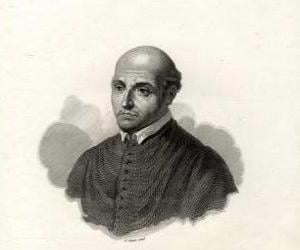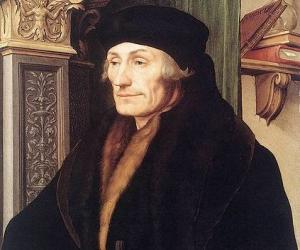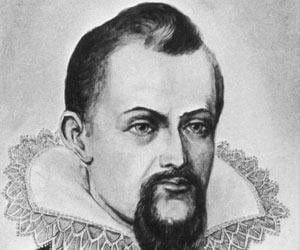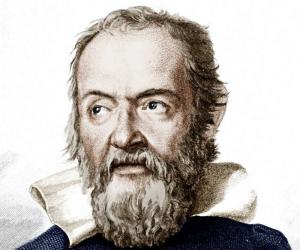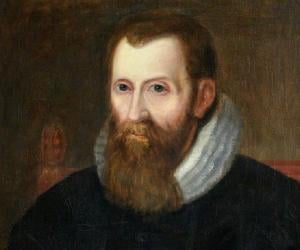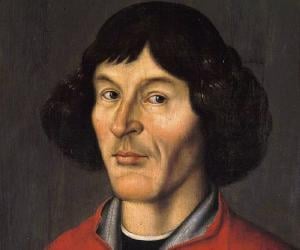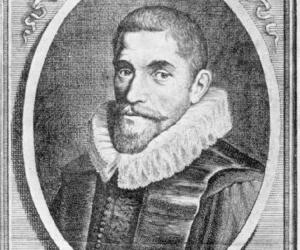This 17th-century German mathematician, astronomer, and astrologer is remembered for his pathbreaking work on optics. He invented a developed version of the refracting telescope. He also laid down Kepler's laws of planetary motion and wrote Astronomia Nova, Harmonices Mundi, and Epitome Astronomiae Copernicanae.
An Italian astronomer, engineer, and physicist, Galileo Galilei is widely regarded as the father of observational astronomy, the father of the scientific method, the father of modern physics, and the father of modern science. He is credited with popularizing the telescope, which changed the course of history.
John Napier was a Scottish mathematician, astronomer, and physicist. He is credited with introducing logarithms as a means of simplifying calculations. He also invented Napier's bones, a manually-operated calculating device. In addition to his interest in mathematics, John Napier was also known for his skills as a magician; it is said that he dabbled in necromancy and alchemy.
Nicolaus Copernicus was a mathematician and astronomer. He is credited with formulating Heliocentrism, which led to the Copernican Revolution. Although Aristarchus of Samos had formulated Heliocentrism 18 centuries earlier, Copernicus was responsible for popularizing it. Copernicus is also credited with formulating an economic principle, which was later called Gresham's law.
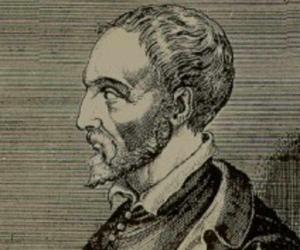
Italian polymath Gerolamo Cardano is best known for his iconic work Ars magna, or The Great Art, which contributed immensely to the field of algebra. Throughout his illustrious life, he had been a physician, a math lecturer, and an astrologer. He was also the first to describe typhus fever clinically.
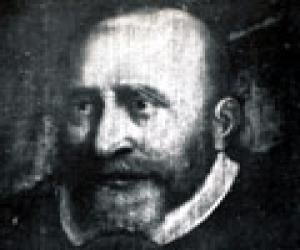
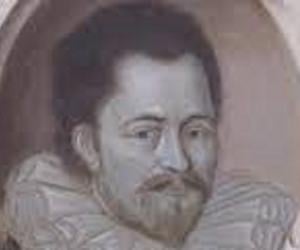
Simon Stevin was a Flemish physicist, mathematician, and military engineer. He is best remembered for his contributions to various fields of science and engineering. Simon Stevin is also credited with several discoveries and inventions. He pioneered the practical application of surveying and hydraulic engineering.
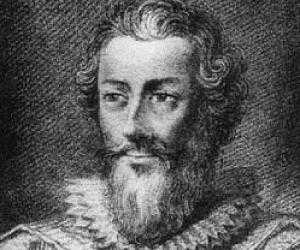
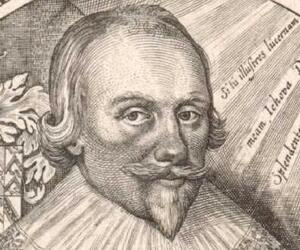
Best remembered for his study of occult philosophy, Robert Fludd, the son of English diplomat Sir Thomas Fludd, was also a physician. However, he was criticized for being a medical professional who believed in magic and defended Rosicrucianism. His other interests included cosmology, astrology, and Freemasonry.
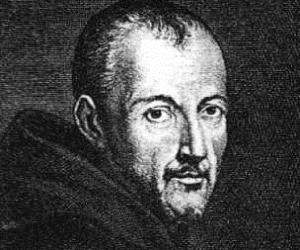
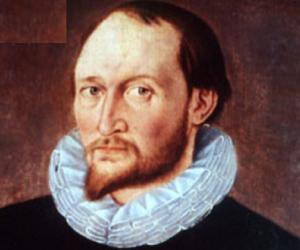
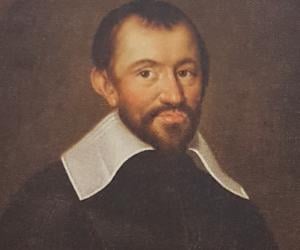
French Catholic priest and astronomer Pierre Gassendi is remembered for his efforts to reconcile atomism with Christian ideals and for his anti-Aristotelianism. His studies included research on Epicurean philosophy. Apart from observing the transit of Mercury, he also studied the speed of sound and horizontal momentum.
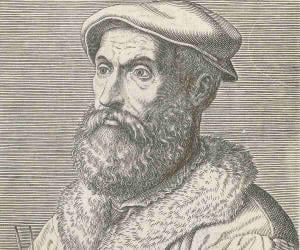
Niccolò Fontana Tartaglia was the first to apply math to the science of ballistics. During the French invasion of Brescia, his jaw was sliced by a sword, causing him a speech difficulty, and thus gaining him the nickname Tartaglia, or "Stammerer." His Nova Scientia remains a significant work on mechanics.
Willebrord Snell was a Dutch mathematician and astronomer. He is credited with rediscovering the law of refraction, which is named Snell's law in his honor. A much-revered mathematician in the Netherlands, Willebrord Snell was honored by the Royal Netherlands Navy by naming three of its survey ships after him. Snellius, a lunar crater, is also named in his honor.
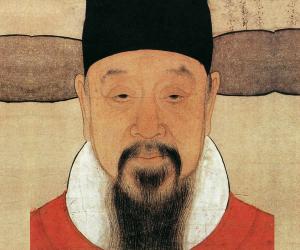
Xu Guangqi, or Paul, was a Chinese official of the Ming dynasty and one of the most prominent Chinese converts before the 20th century. An agronomist, a mathematician, an astronomer, a politician, and an author, he translated many Western works. He was also known as one of the Three Pillars of Chinese Catholicism.
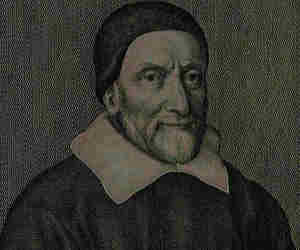
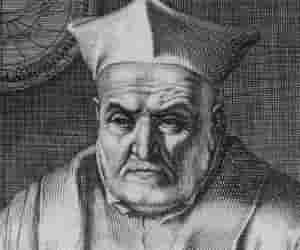
Christopher Clavius was a Jesuit German astronomer and mathematician. Clavius was one of the members of the Vatican commission that gave a green signal to Aloysius Lilius' calendar which came to be known as the Gregorian calendar. He was one of Europe's most respected astronomers; his books were used for over 50 years for astronomical education in and around Europe.
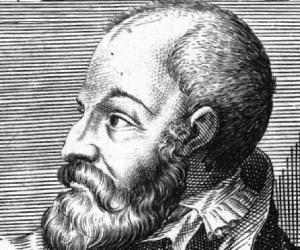
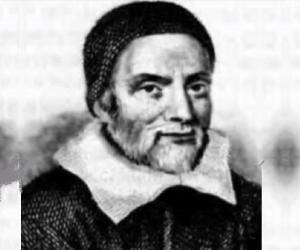


Gemma Frisius introduced the triangulation method for map-making, that is still an integral part of surveys these days. He also created detailed globes and mathematical instruments and was a co-founder of the Netherlandish school of cartography. He also released the first published drawing of a pinhole camera obscura.
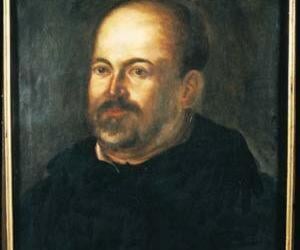
Benedetto Castelli, a Benedictine priest and a student of Galileo, later became a math professor at the University of Pisa. His On the Measurement of Water Currents is considered a fundamental work in hydraulics. He was the first to work on the principle of the barometer and sustained vacuum.
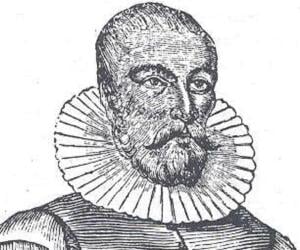
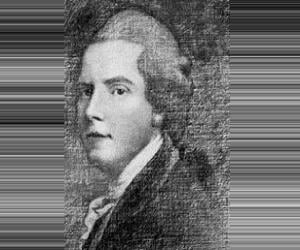
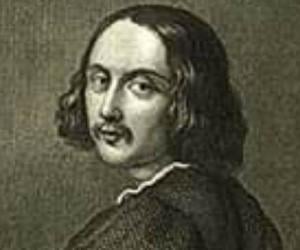
Having lost his doctor father to an execution after he was charged with stealing from his patients, Georg Joachim Rheticus ditched his paternal surname. The Austrian-born mathematician is best remembered for his tables of trigonometric functions. He was also one of the first to propagate the Copernican heliocentric theory.

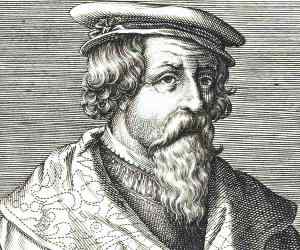
Petrus Apianus was a German humanist whose published works pertaining to geography and astronomy are considered one of the most important works of his time. His works, such as Cosmographicus liber (1524) and Astronomicum Caesareum (1540), which were translated into several languages were being published even after his death.
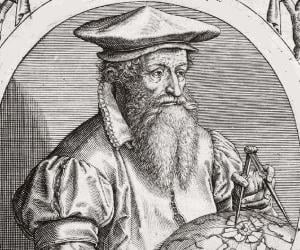
Starting his career as servant of Italian polymath Gerolamo Cardano, Lodovico de Ferrari proved his brilliance and earned tutelage of Cardano and became a noted mathematician of his time. He assisted Cardano on his solutions for quadratic equations and cubic equations, and is most noted for solving the quartic equations that Cardano published in his book Ars Magna.
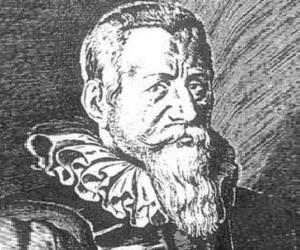
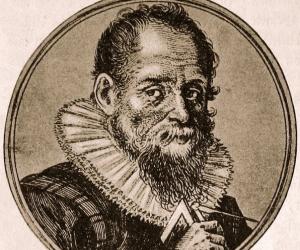
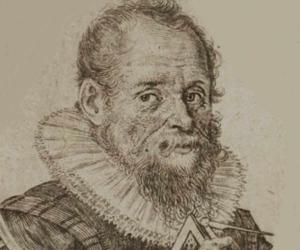
Known as the man who invented logarithms in a study independent of John Napier, Swiss mathematician Joost Bürgi was initially a clockmaker of Duke Wilhelm IV’s court. His geometrical and astronomical instruments made him popular, and he joined the service of Holy Roman Emperor Rudolf II.
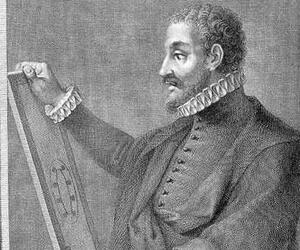

German mathematician Michael Stifel was also a staunch Lutheran. He became a monk in his 20s. Apart from explaining algebra in German, he penned Arithmetica Integra, which detailed his work in logarithms. He was also one of the first to have used the + and – signs.
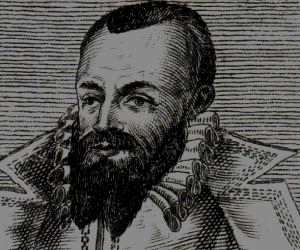
Once a Lutheran pastor, Michael Maestlin later became one of the greatest astronomers from Germany. He was one of the first to teach the heliocentric Copernican theory and later became famous as the mentor of Johannes Kepler. He was also apparently the first to measure the orbit of a comet.
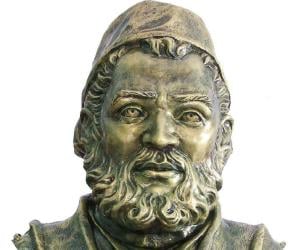
Aloysius Lilius, also known as Luigi Lilio, is best remembered as the main author of the Gregorian Calendar. Well-versed in medicine and astronomy, Lilius hailed from Calabria, Italy, though not much is known about his life. His calendar was presented to Pope Gregory XIII by his brother Antonio.
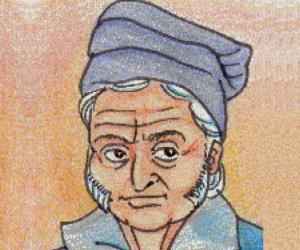
Scipione del Ferro was the first to find a technique to solve the depressed cubic equation x3 + px = q. He taught arithmetic and geometry throughout his life and also contributed to the study of fractions that had irrational denominators. Unfortunately, none of his written works exist anymore.
